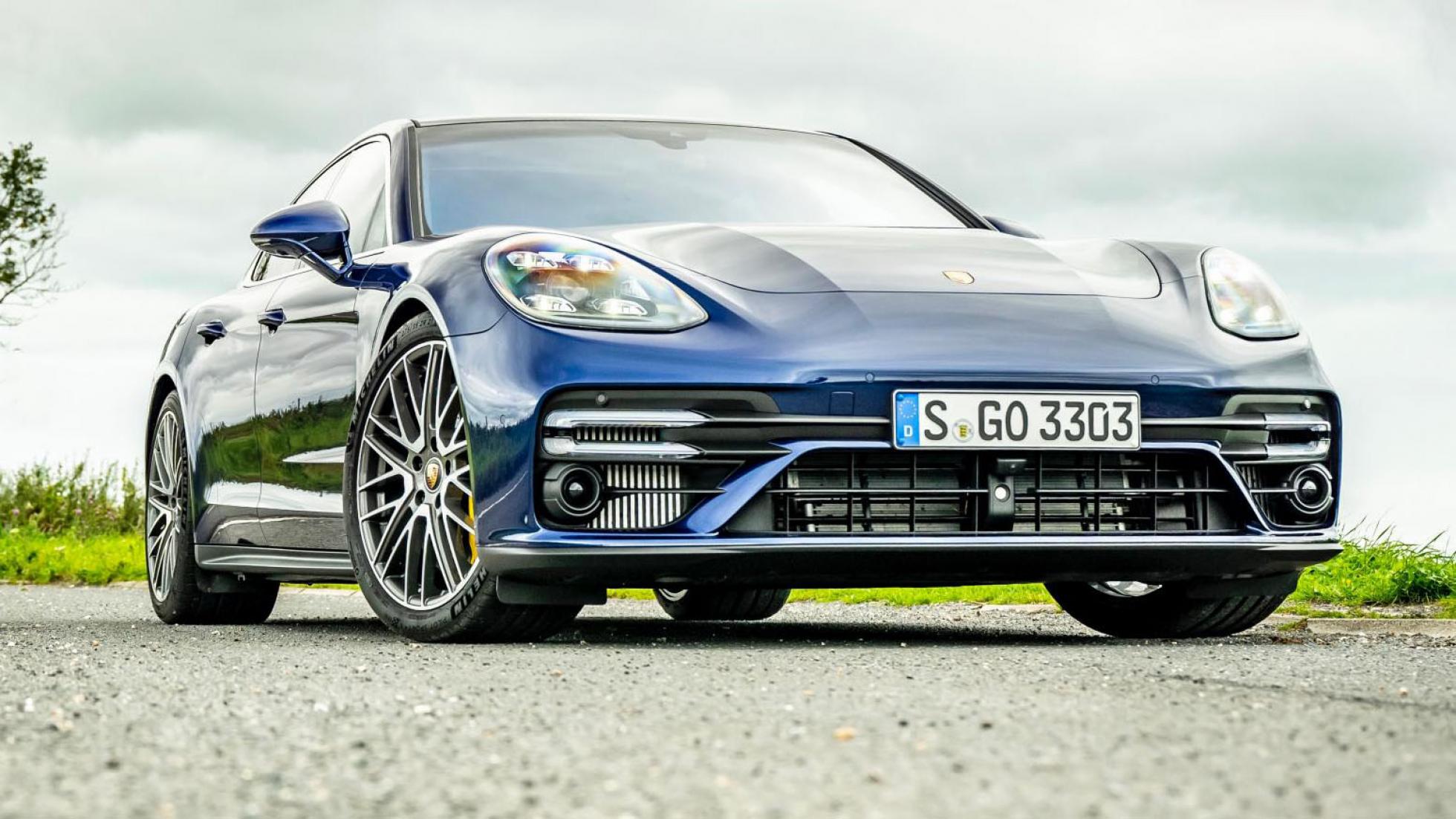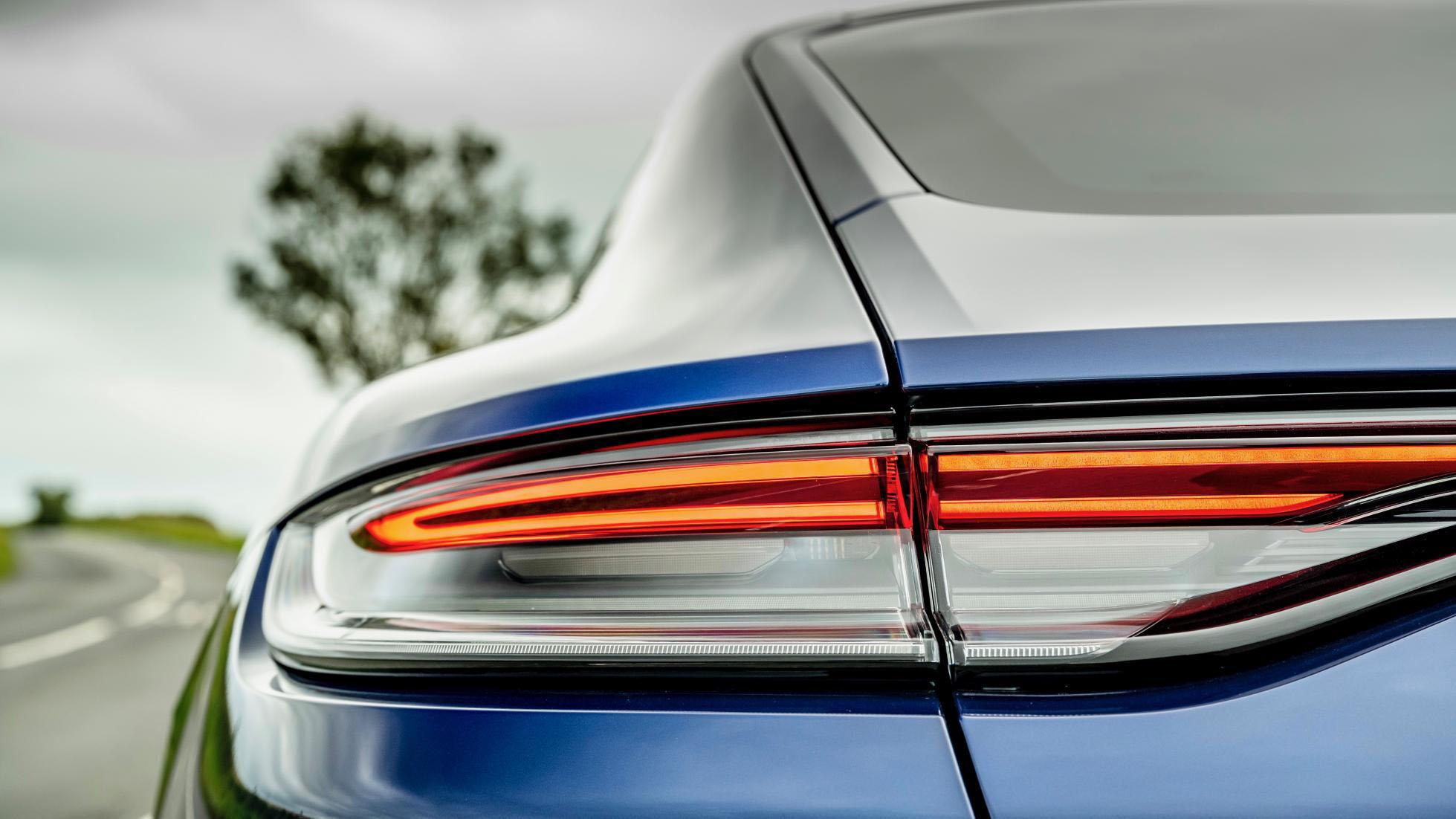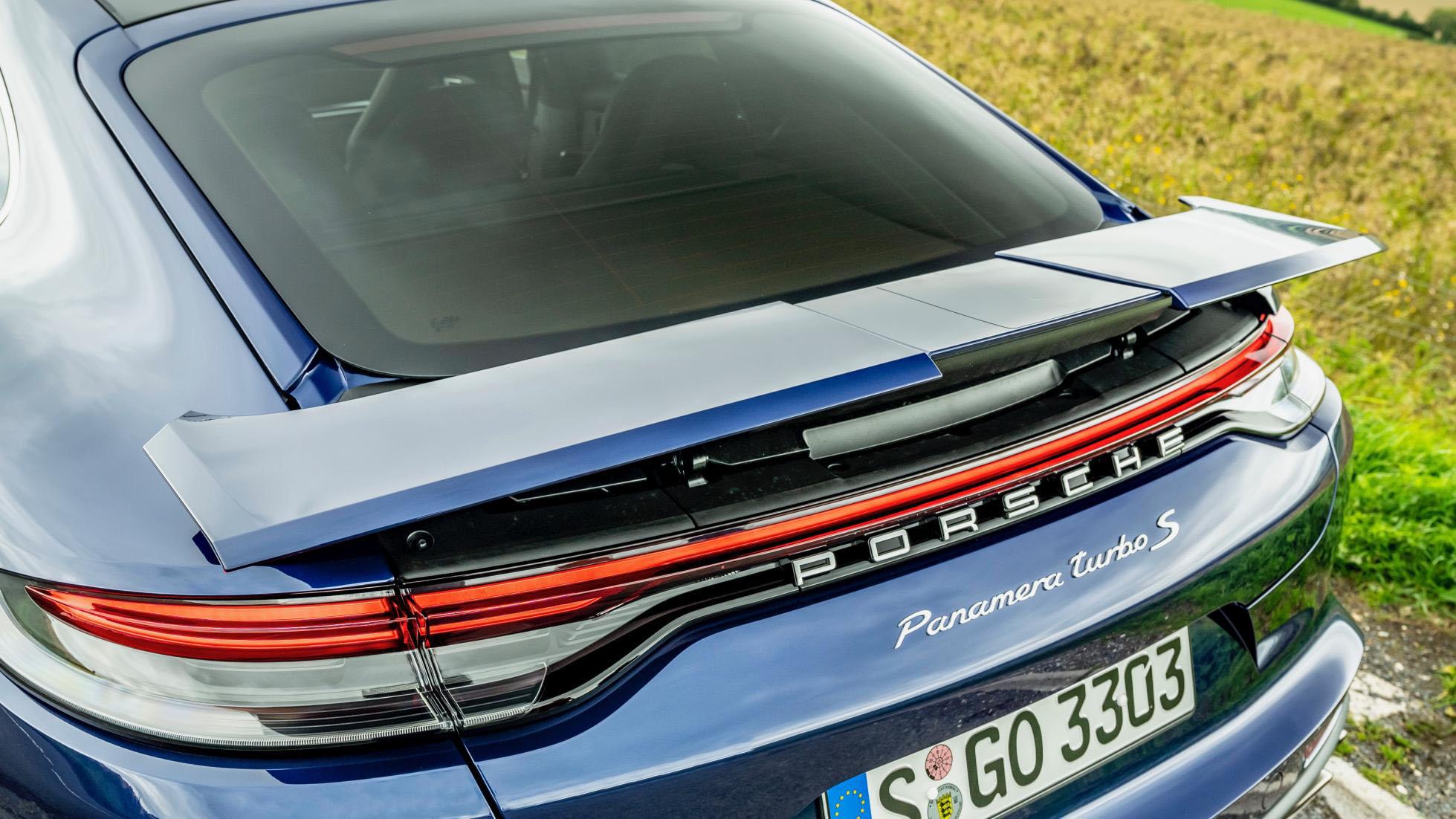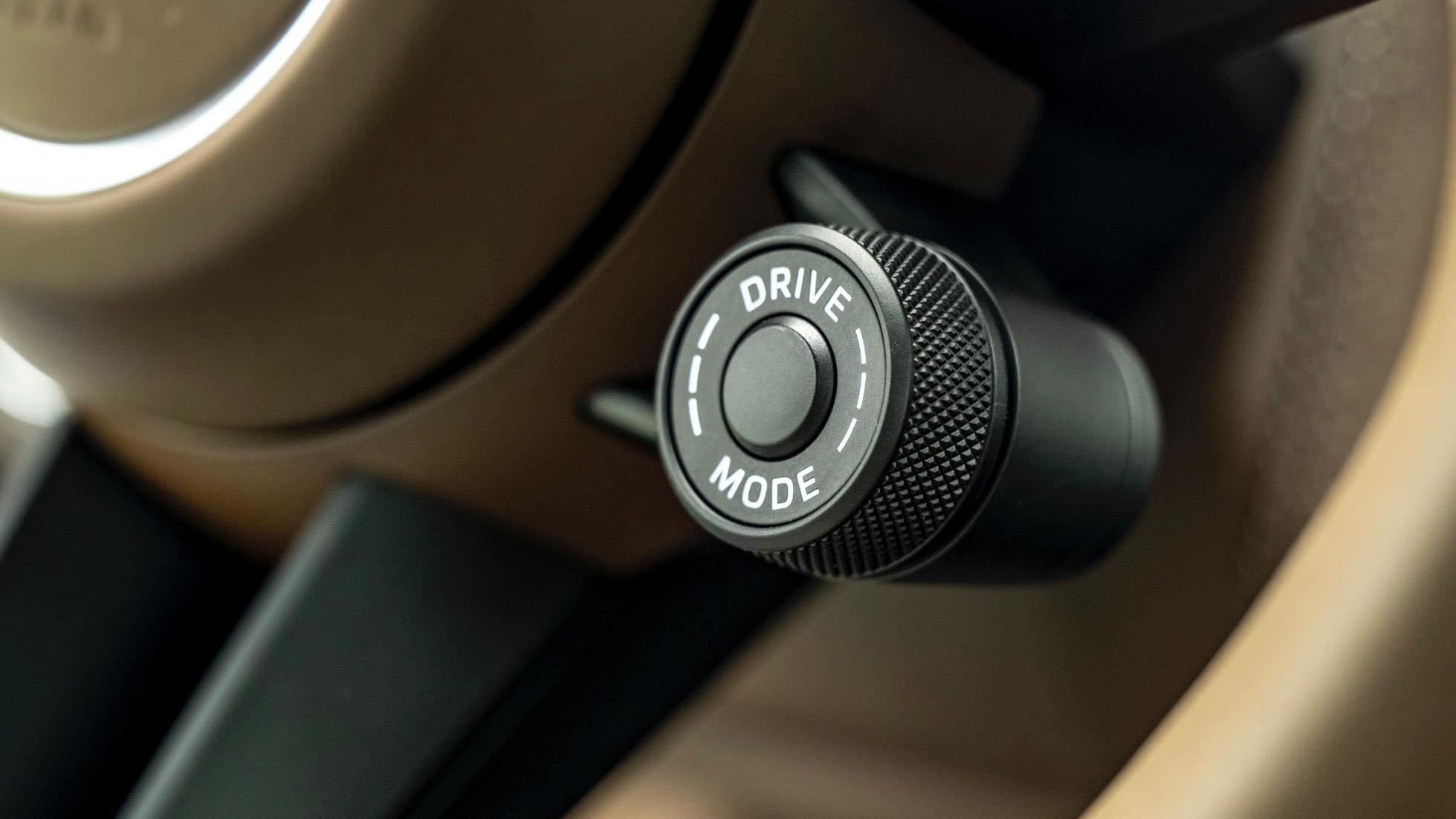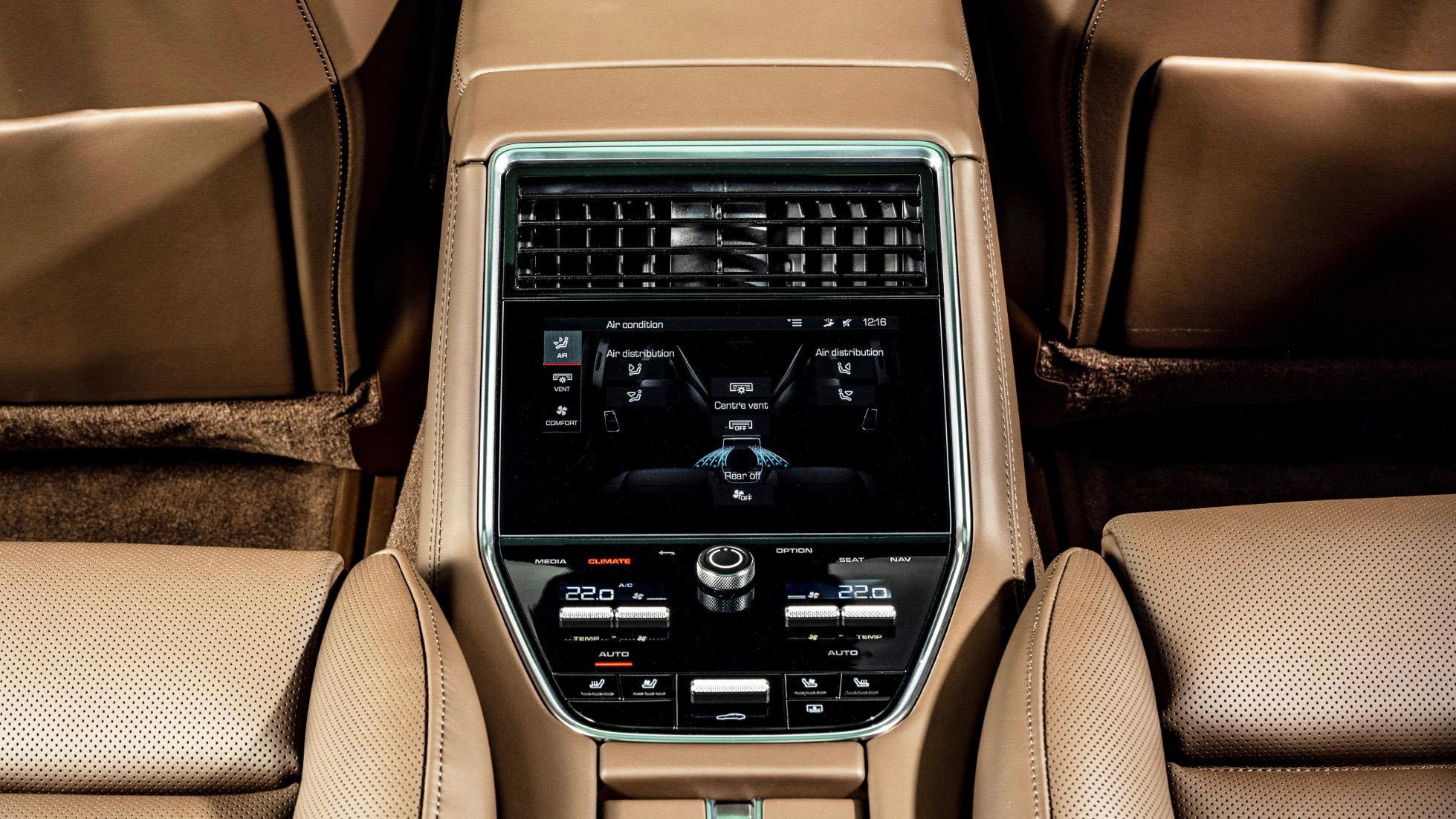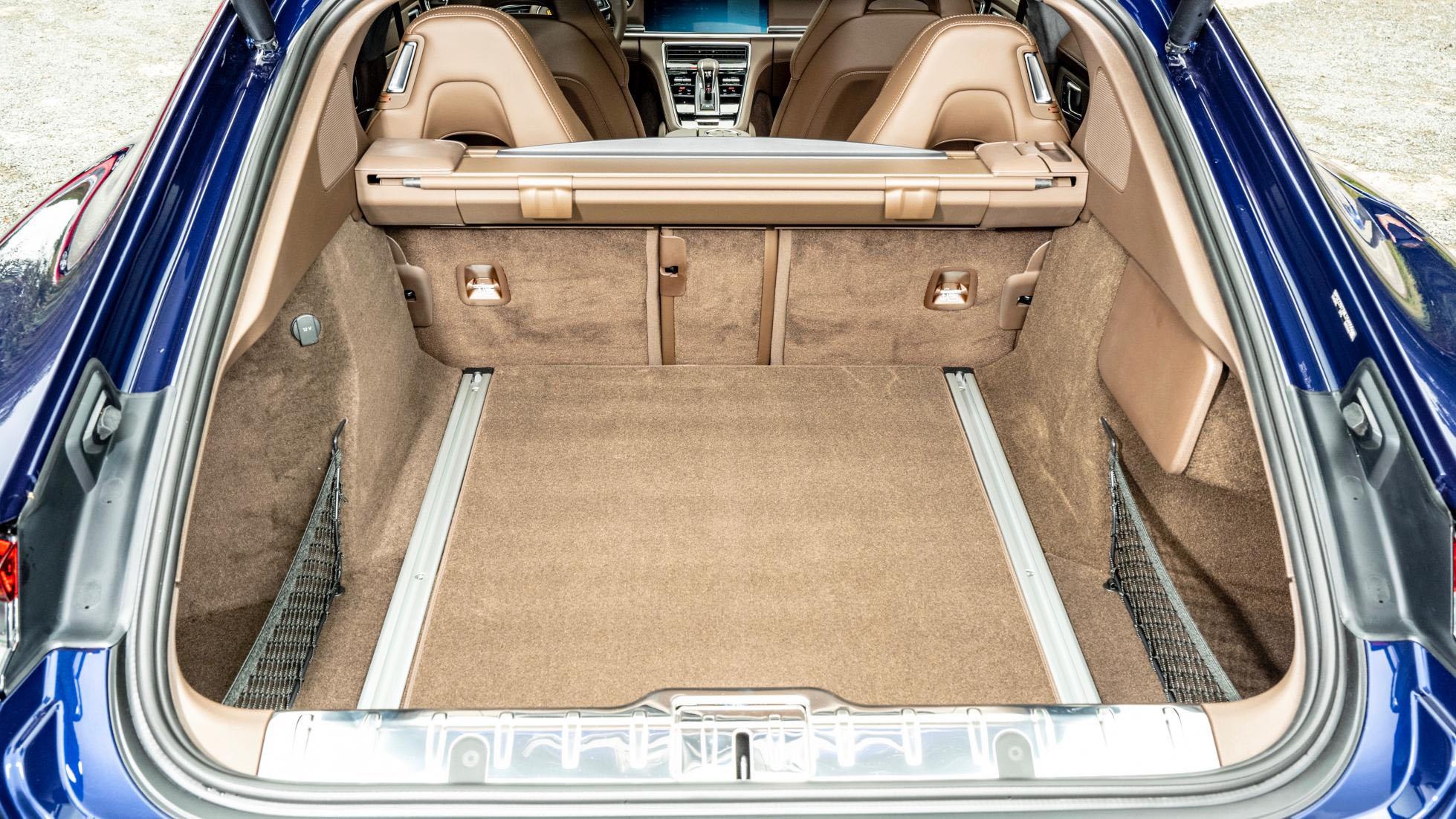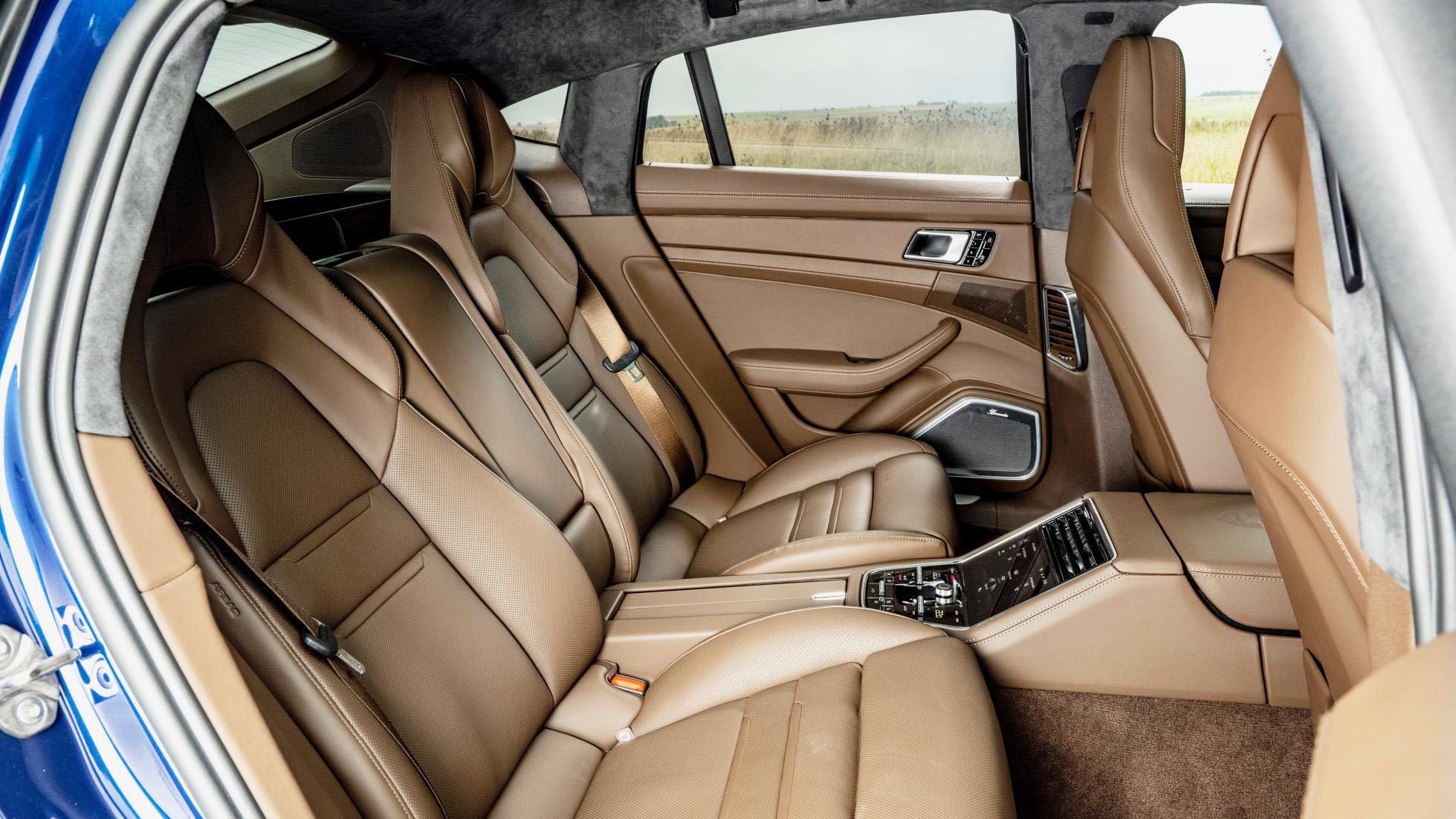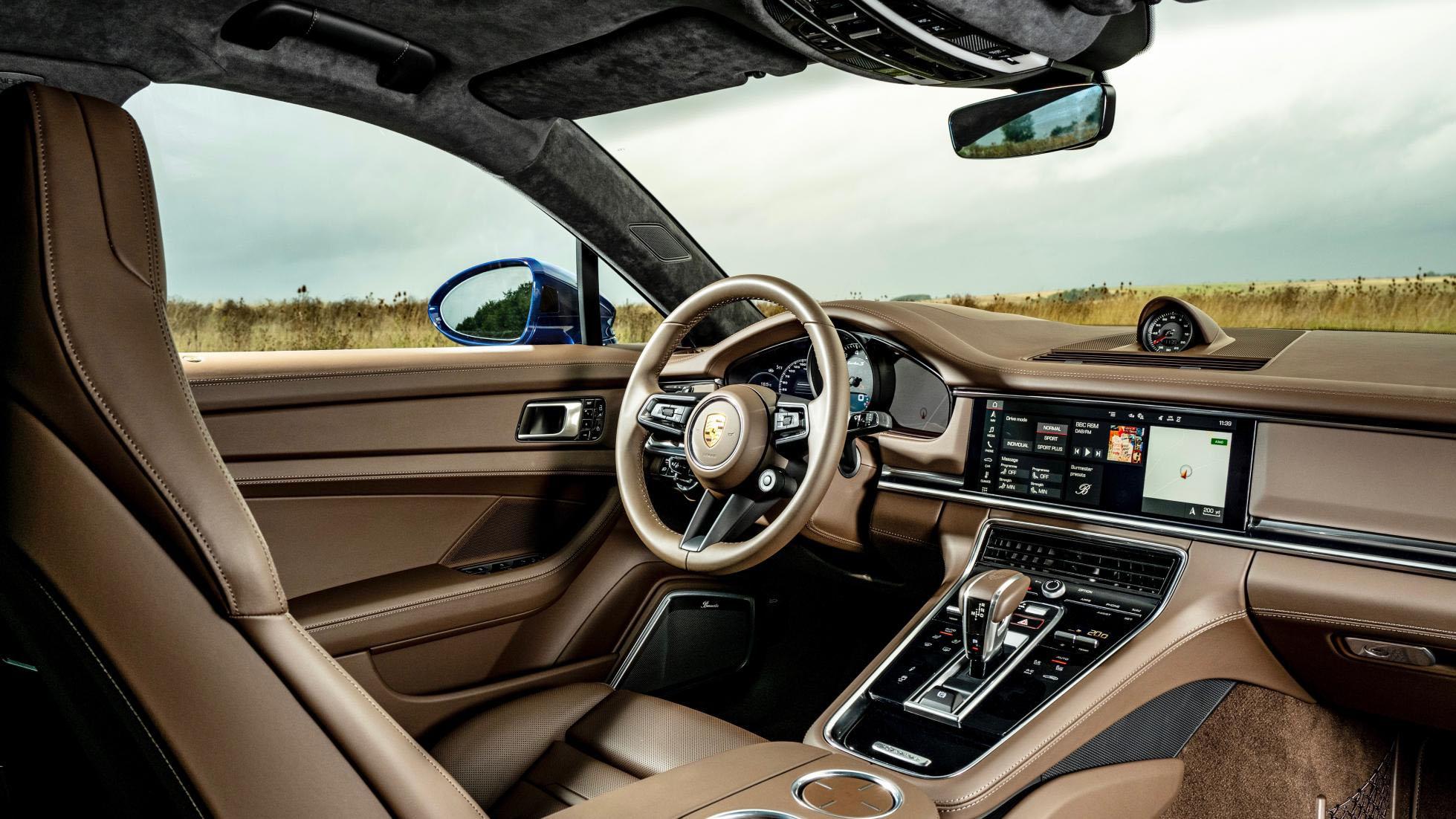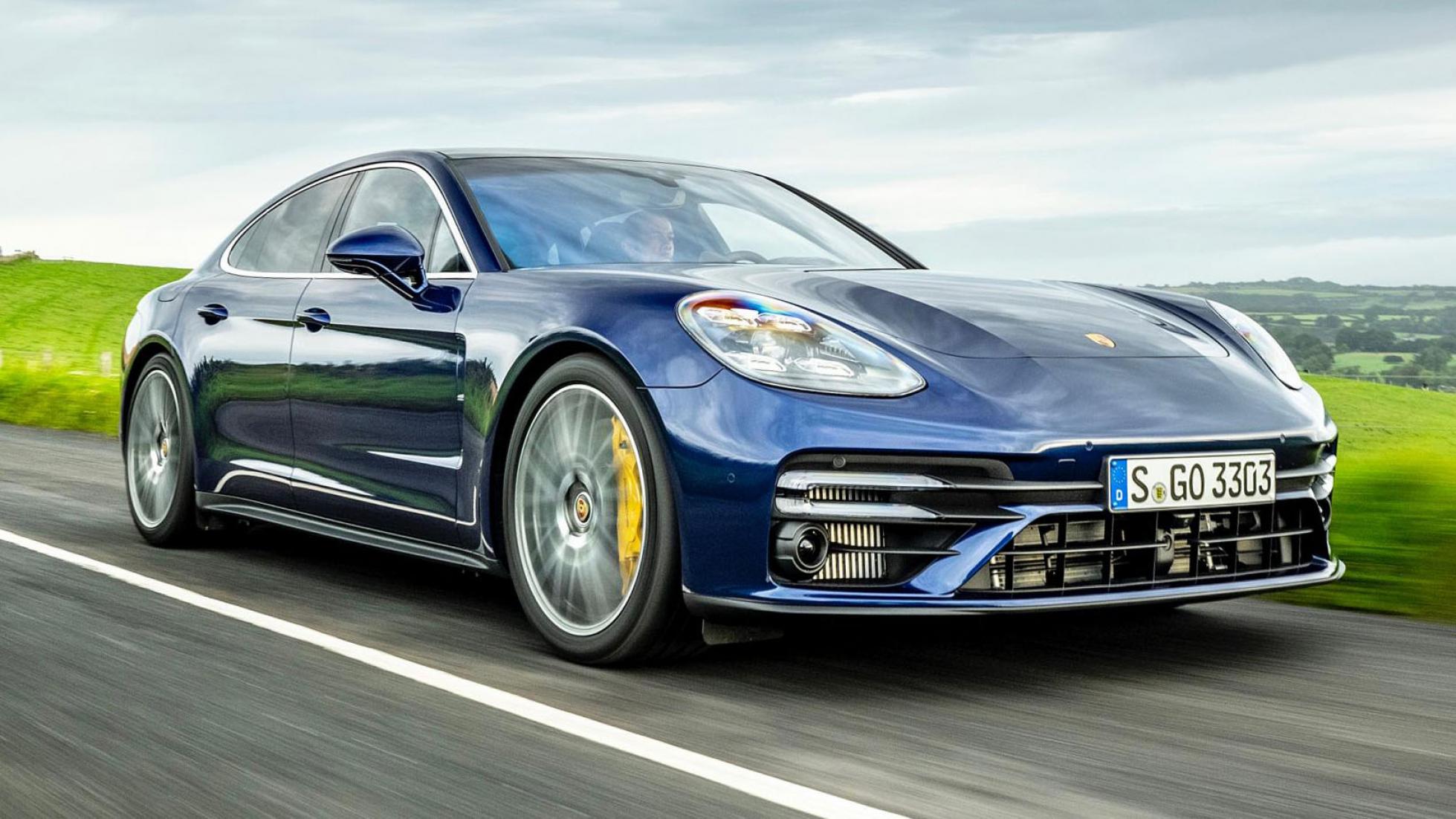Top Gear's Porsche Panamera review
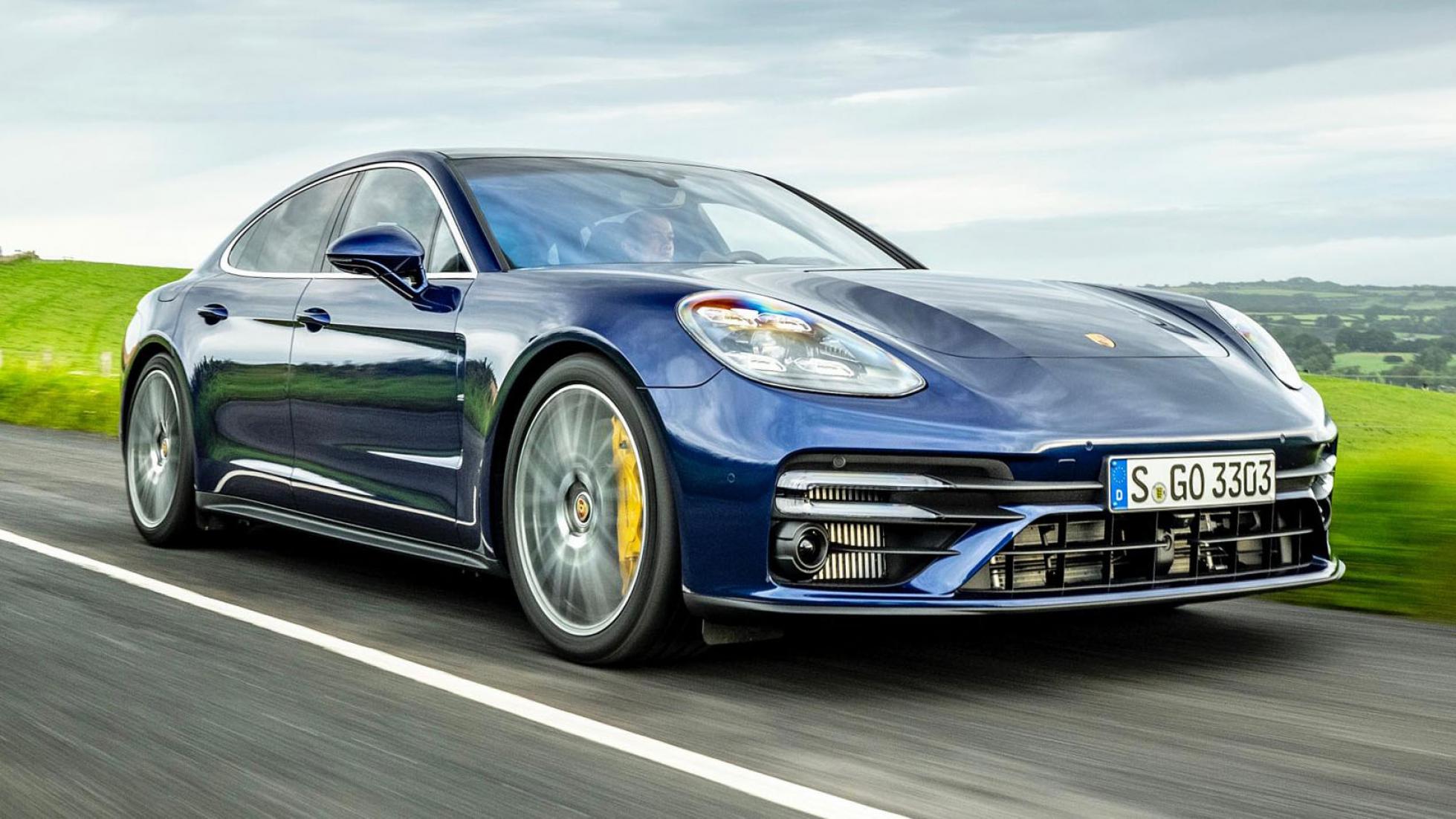
OVERVIEW - What is it?
Is it a super saloon? Is it a luxury car? No, it’s a… well it’s slightly unique, the Porsche Panamera. Let’s call it a super-lux, a sports luxury car that’s neither BMW M5 nor Mercedes S-Class, but somewhere in between. Its natural environment is the autobahn. The outside lane of the autobahn, where, unshackled from the 249kph speed limiter of most German companies, a Turbo S version could hammer along at 315kph. Even the new Hybrid can do 298kph.
New for 2020 is a hefty mid-life facelift. The styling has been tweaked (most successfully at the neater, tidier rear end), the engines upgraded with more power and better emissions and the chassis and cabins given a little more love. Driven an older Panamera and found it not only a bit fidgety and firm, but also large and unwieldy? That’s where the new one gains. It’s no smaller physically, but it feels smaller to drive, plus rides better and handles more nimbly. It’s a thorough sort out.
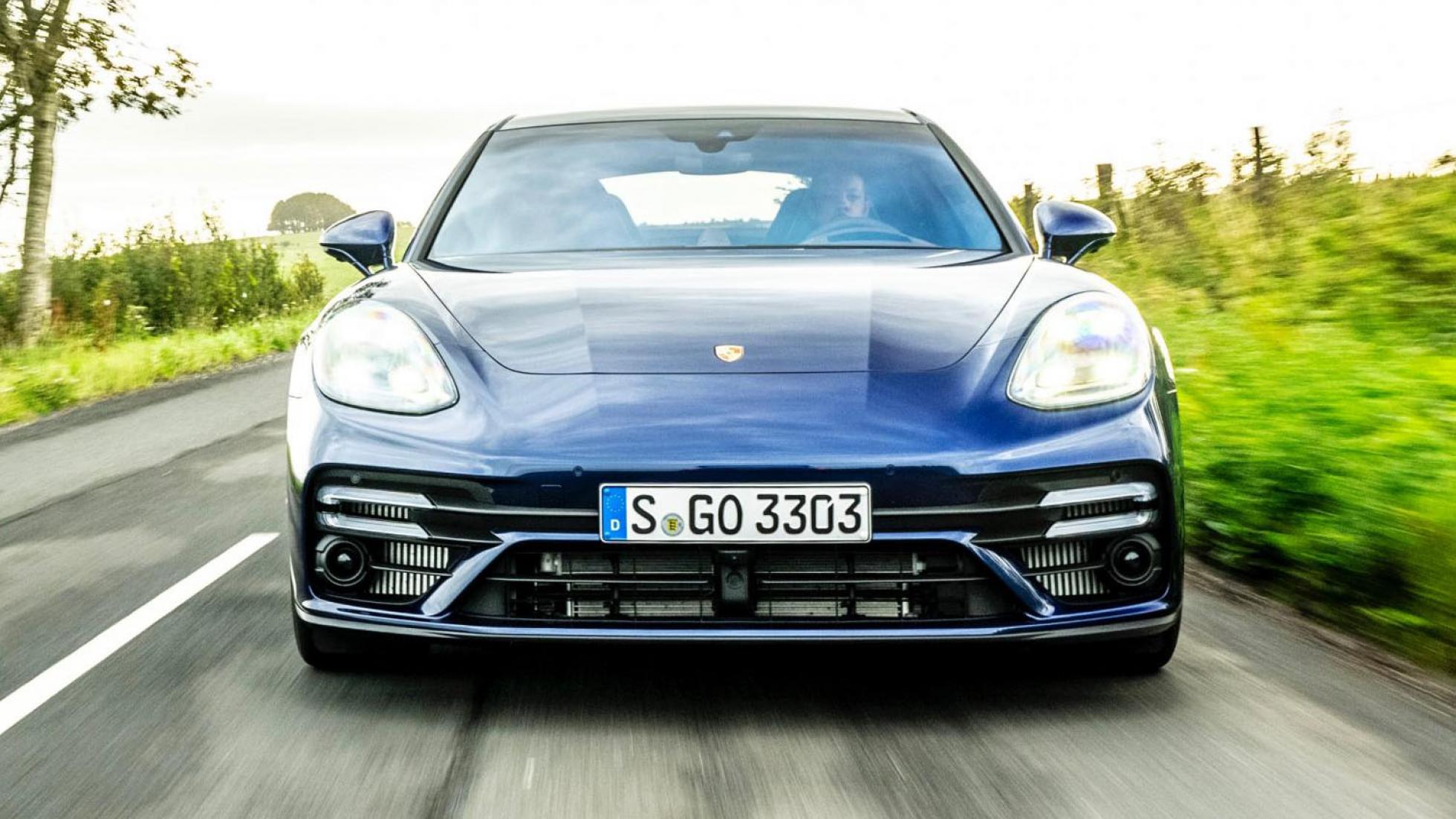
The base model is the £69,860 Panamera, rear-wheel drive and powered by a 2.9-litre twin-turbo V6. For another three grand you can have it with 4WD. Want to take a further step up the ladder? You’ll be paying over six figures. The plug-in 4S E-Hybrid has been significantly upgraded (bigger 17.9kwh battery, total power of 552bhp from e-motor and V6, all electric range of 34 miles), now starts at £101,690. The ‘driver’s choice’ GTS is less powerful than the E-Hybrid (473bhp plays 552bhp), but for £107,180 comes with all the sporty bits and a twin turbo V8.
Top of the pile is the £135,610 Turbo S. Although maybe not for that long, as rumours suggest Porsche will soon, as before, offer a Turbo S E-Hybrid with plug-in capability. Expect to pay somewhere upwards of £150,000 (and beyond that the promise of a third hybrid Panamera). For the time being buyers will have to make do with a mere 621bhp from the 4.0-litre twin turbo V8. That engine has come in for the most attention, featuring new, higher-flow injectors, new spark plugs, optimised turbos and crankshaft and a lower compression ratio.
In the UK all Panameras bar the base version are available as Sport Turismo estates for about £3,000 more. And yes, Porsche clearly believes the all-electric Taycan (smaller, lower, more sporting) will sit happily alongside the Panamera. This is a more spacious, versatile machine, one that, despite not offering a diesel variant any more, will, even as a Turbo S, deliver a 500-mile (805km) range from its 90-litre fuel tank. But not at 315kph.
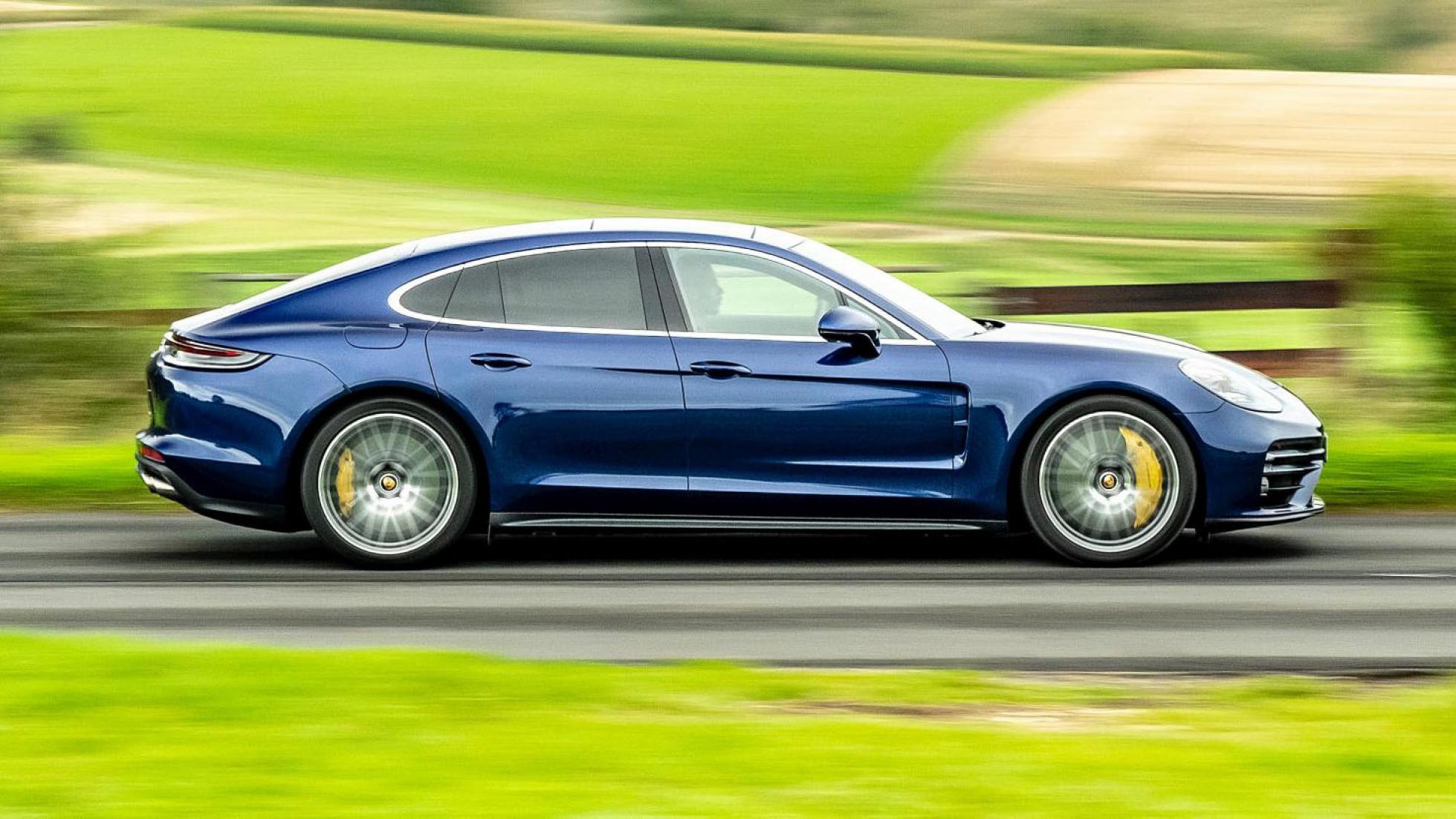
DRIVING - What is it like on the road?
It’s taken a while, but the Panamera is now the car it should always have been. When it arrived back in 2009, the concept was good, but the drive wasn’t quite there, especially at the rear, which suffered from a lateral shimmy that robbed the car of real composure and comfort. It’s gotten progressively better in the intervening years, but this latest version feels like a real step on.
You get the impression that there are separate engineering teams at Porsche and they’re all proud of their own product. The Taycan came out last year as was very well received, but now the Panamera team is out to prove their car is every bit as complete and accomplished. As we said earlier, the Panamera doesn’t really have direct rivals… unless you look internally.
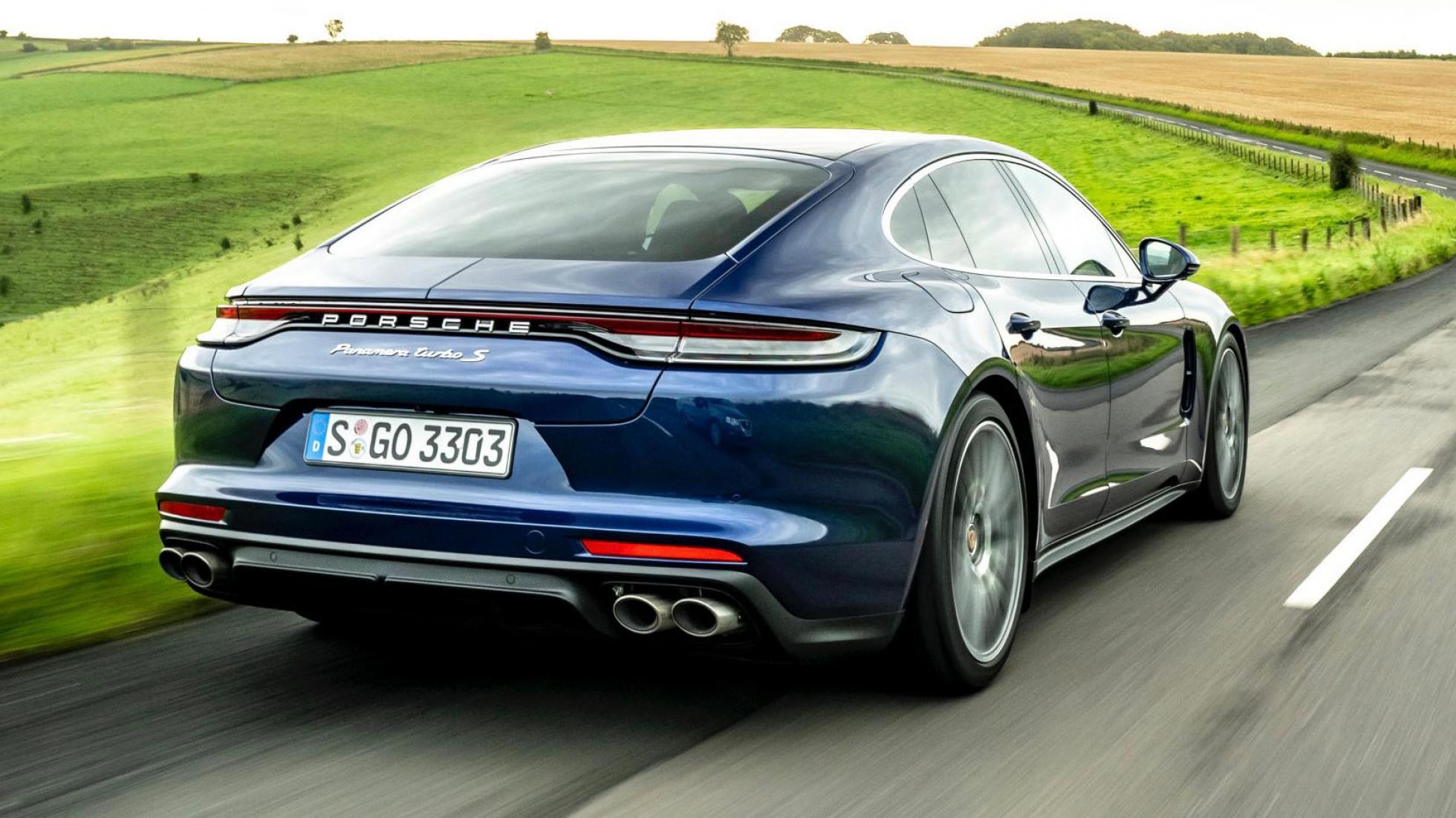
Anyway, unless you want to descend to the level of discussing engine mounts and axle bearings, there are very few major upheavals to the Panamera’s underpinnings and hardware. The word ‘optimisation’ crops up a lot in the literature: damping, steering electronics. Often you take this with a pinch of salt, but the new Panamera is notably more sophisticated than the car it replaces.
The Turbo, with 621bhp and 819Nm is, of course, massively fast. Porsche claims 0-100kph in 3.1secs. We timed it at 2.9secs (and to 160kph in 7.1secs), making it every bit as fast as a BMW M5 even though it weighs 2,080kg. It never feels that heavy to drive. Apparently the steering control system is now shared with the 911. Combine that with the upgraded damping and the electronics and you have a car with a notably more precise and progressive front end. It’s easier to place on the road, easier to thread through tight gaps, you have more confidence in it, it’s more responsive and more engaging. Special mention for the steering actually – it’s lovely just off centre.
The front end feels like a proper sports saloon. And it’s now backed up by a far better supported and connected rear axle. It feels so nimble that I thought (incorrectly, it turns out) that four wheel-steering had been fitted. It hasn’t, but the Turbo S at least, the only car we’ve properly driven from the range so far, is dynamically a real advance, because not only is it crisp and accurate, but on its air suspension it rides with real panache.
You can switch up through the modes to firm it up, but even in Sport Plus there’s a level of compliance to the ride that’s not been there before. Good turning circle, too. And with 113kph requiring only 1,400rpm in the twin clutch gearbox’s super-leggy eighth, miles roll past. You’ll need over 2,000rpm on the dial for the Turbo S to really wake up though. There’s some lag low down, but the ramp into ferocious acceleration is very progressive – not a sudden wallop, but a strong, progressive surge. It redlines at 6,800, but you’ll never go there. Just surf the 3,000-5,000 zone – that does everything you’ll ever need.
OK, you want more? Remember the Turbo S posted a ‘Ring lap time of less than 7m 30s, leading Porsche to claim an ‘executive car’ lap record for it. Also, and perhaps more achievable (in fact, I’d urge you to try it out), the launch control is utterly exceptional, one of the smoothest yet most ferocious around. The flip side of this is the ability to kick back and chill out in a way that only the Audi RS6 (amongst super-execs) comes close to matching. It’s a very sophisticated car, the new Panamera. As sharp and rewarding in some ways as a super-saloon, but able to genuinely ape an S-Class on the autobahn. It’s what Porsche has always claimed for the Panamera, but it’s the first time it’s genuinely rung true.
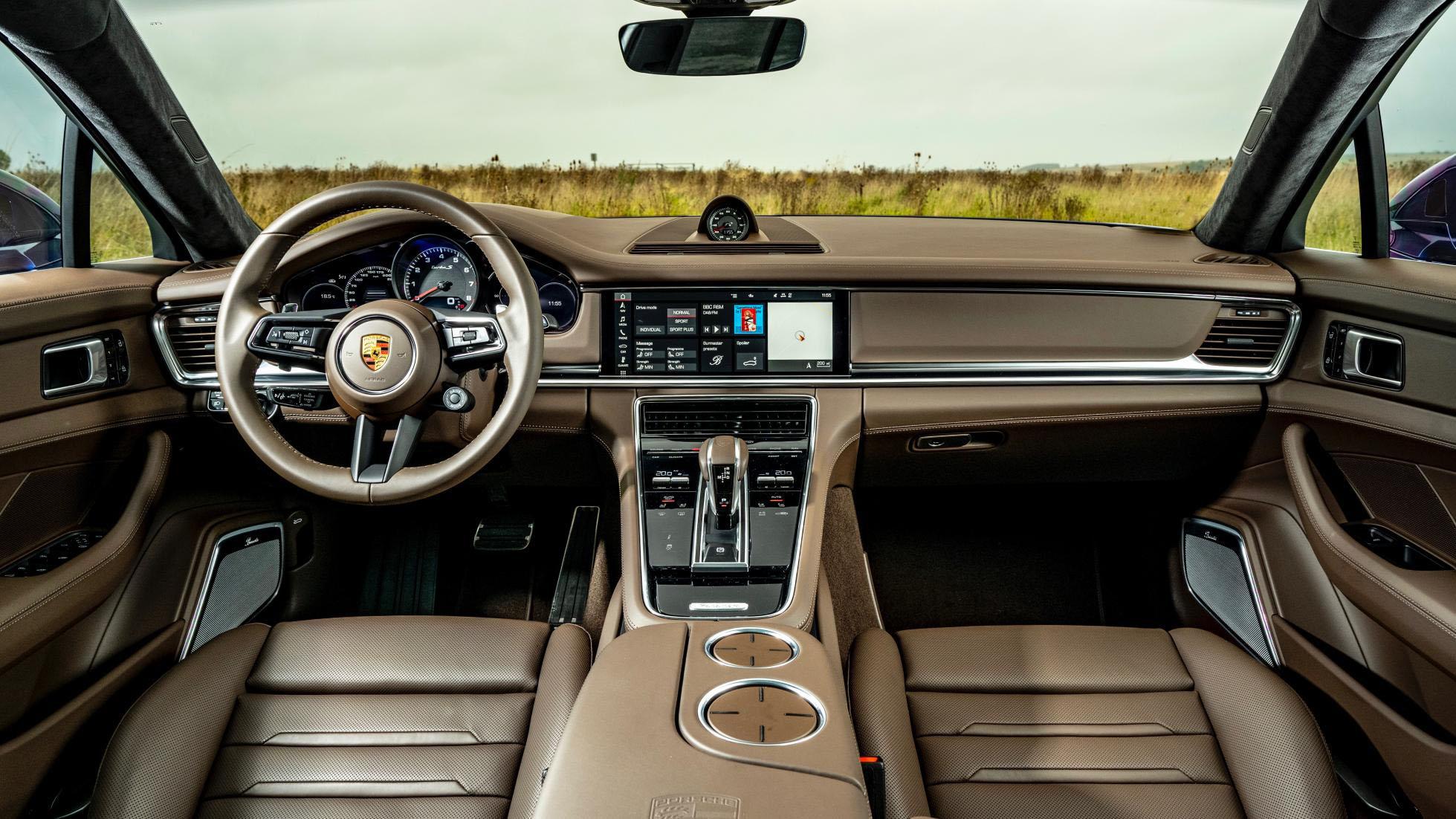
ON THE INSIDE - Layout, finish and space
Porsche has so far resisted the move towards removing every button in favour of touchscreens for everything. Although many of the buttons on the console are actually haptic-feedback touchscreens. Anyway, the Panamera looks complicated initially, with a screen each side of the central rev counter and a widescreen display in the dash, but actually it’s all reasonably logical and there are helpful shortcut buttons in front of the gearlever. You’ll find your way round. And make several technological discoveries every time you let a teenager take control.
The steering wheel is new, more like the 911’s in design, but crucially it feels small in your hands. That alone makes the Panamera more wieldy. The driving position is low slung, visibility mostly fine, material quality and workmanship exemplary. It seems a more upmarket and special driving environment than that offered by other super-execs.
Although there’s not so much space for the family. The Panamera isn’t really that sort of car of course, even in Sport Turismo guise. The sensation is more business express – although any colleagues shoved in the back are, out of politeness, less likely to complain than your own offspring, even while they’re wincing. Sporty seats, really only shaped for two.
The boot, at 467 litres, is decent, but the real advantage is the hatchback tailgate. Makes loading so much easier. Not hounds, though – very high rear load sill, shallow floor once they’re in. Sport Turismo obviously does that better.
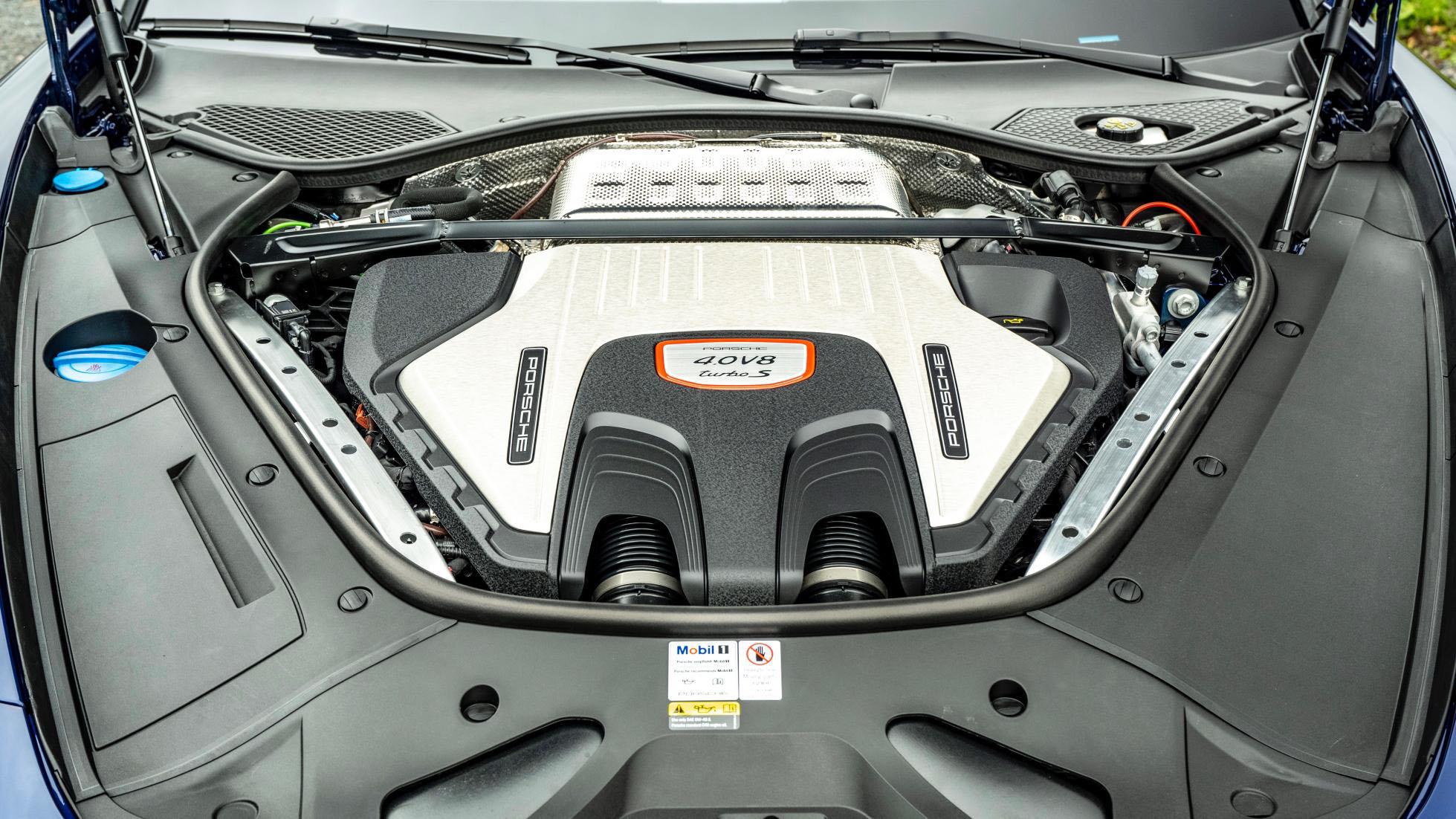
OWNING - Running costs and reliability
The Panamera has never been an affordable car, and now with no models in the yawning gap between £75,000 and £100,000, the entry-level cars look like nothing more than a tempter to get you in the showroom door. I doubt many owners will walk away having spent less than £100k, and if they have, they will not have got the best Panamera.
The base cars, powered by the twin-turbo V6, are the least impressive, the easiest to find an alternative to. The others all have their own selling points: the E-Hybrid is for urbanites, the GTS for the steely-eyed and the Turbo S for dominating autobahns. In fact, capable of 30mpg (9.4 litres/100km) on a long haul and devouring B-roads, the Turbo S is the one-size fits all solution.
The trouble is it’ll be a very expensive one. On a six month down-payment and spread over four years, you’re looking at a bill of £2,000 a month. And that £135,610 asking price starts to look even more costly once you’ve added options and seen that you can have an RS6/M5/E63 for about 25 per cent less.
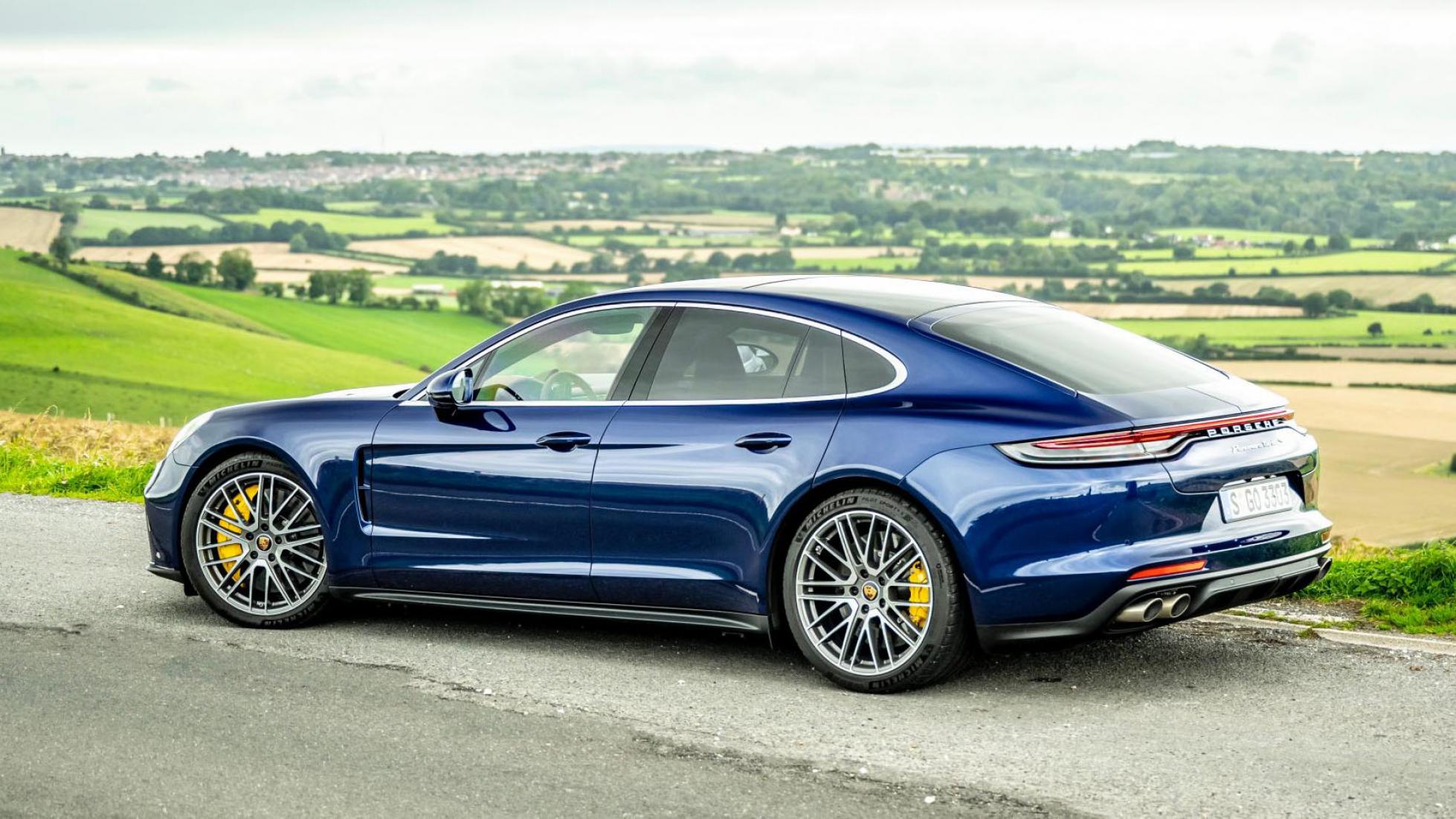
VERDICT
It might only be a mid-life facelift, but this is the most complete Porsche Panamera launched since it first appeared over a decade ago. It may not have much in the way of new hardware compared to the outgoing version, but it’s the integration of all the systems, the carefully judged upgrades and adjustments, that have given the Panamera a more defined role than it’s ever had before.
In the past it’s been a car looking for a job to do, and often coming up short, being neither comfortable nor rewarding enough to drive. Now, Porsche has managed to markedly improve both sides of its character. The ride quality and refinement levels are particularly well judged, but so too is the handling. The steering and front end response make the car feel smaller, more nimble and engaging to drive. There’s genuine pleasure to be had from steering the Panamera now, not just sitting back and letting all that horsepower punt you up the road. The Turbo S is stand out excellent, a real alternative to other super-saloons. The E-Hybrid, now more potent, looks compelling too.
And as a range it’s more handsome, less flabby in the flanks, more chiselled front and rear. It now legitimately does the job Porsche needs it to do, spanning a broad spectrum of rivals and able to tackle them on multiple levels.
Words: Ollie Marriage
Porsche's updated sports limo has more ability and bandwidth than ever before. The best it's ever been.
| FOR | AGAINST |
| Much improved comfort and handling, the most complete Panamera yet | You’ll be paying six figures for the one you want |
| SCORE | 8/10 |

